One of the typical symbols of Vietnamese architectural culture, Hue's traditional house architecture carries within it great historical value and sophisticated construction art. The traditional houses with red tiled roofs, sturdy wooden pillars and cozy interior spaces have existed for centuries, becoming an indispensable part of the cultural picture of the ancient capital of Hue.
Hue's traditional houses are not only a place to live but also a symbol of the harmonious combination between nature and people. These houses are often built with precious woods such as ironwood and jackfruit, with unique mortise and tenon techniques, without using iron nails. Every detail in the architecture of the traditional houses, from columns, rafters to tiled roofs, shows the ingenuity and talent of the ancient craftsmen. It is this sustainability that has helped Hue's traditional houses survive over time, despite the changes of history and weather.
To better understand the historical value of the architecture of the Ruong house, it is necessary to look at the process of formation and development of this type. The Ruong house appeared in the feudal period, where the noble families and mandarins of the Nguyen Dynasty lived. The architecture of the Ruong house not only reflects the lifestyle, but also contains profound cultural and spiritual values. The decorative motifs on the columns, rafters, and roofs often have feng shui meanings, praying for peace and happiness for the family.
However, in the modern context, the preservation of Hue's traditional house architecture is facing many challenges. Urban development and the impact of climate change have caused many difficulties in maintaining and protecting these ancient houses. Many traditional houses have seriously degraded and need timely repair and maintenance. In addition, the shortage of precious wood and traditional construction techniques is also a difficult problem.
To address these challenges, many modern conservation solutions have been proposed and implemented. One of the important methods is the application of digital technology in recording and storing information about the architecture of the Ruong house. Using 3D technology, researchers can recreate each house in detail, thereby easily monitoring and maintaining ancient architectural works. At the same time, training and teaching traditional construction techniques to the younger generation is also a key factor in preserving the architecture of the Ruong house in a sustainable way.
Not only preserving, but also promoting the value of Hue's traditional house architecture in modern life. Restoration and new construction projects based on the traditional house model are being carried out, aiming to create living spaces that are both modern and traditional. The new traditional houses not only serve residential purposes but are also cultural highlights, attracting tourists and researchers to learn about traditional architectural art.
Concluding the journey of learning about Hue’s traditional house architecture, it can be seen that preserving and promoting the historical value of this type of architecture is not only the task of experts and researchers, but also requires the cooperation of the community. By combining tradition and modernity, we not only preserve precious cultural values but also enrich the country’s architectural heritage, leaving invaluable legacies for future generations.


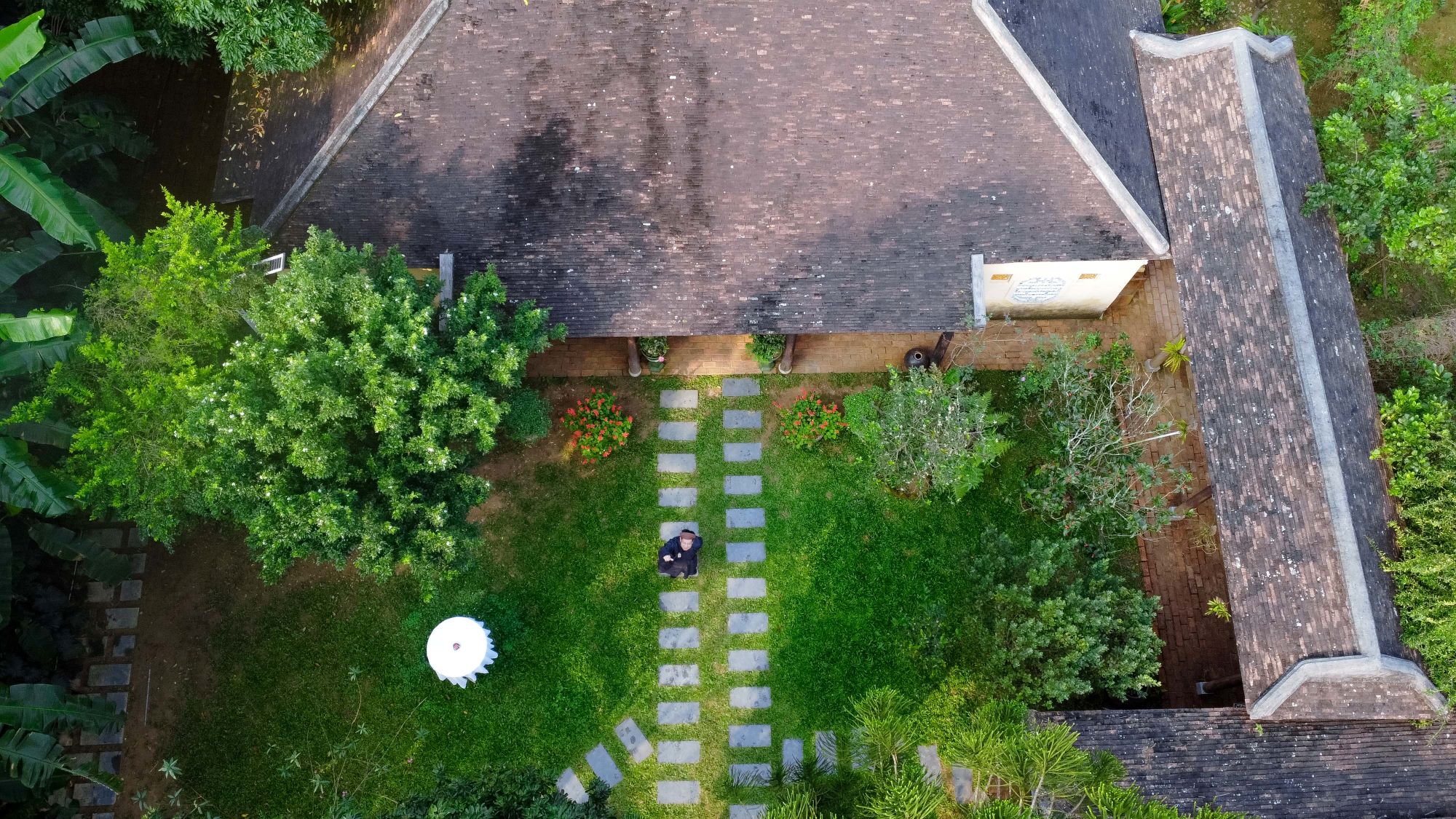
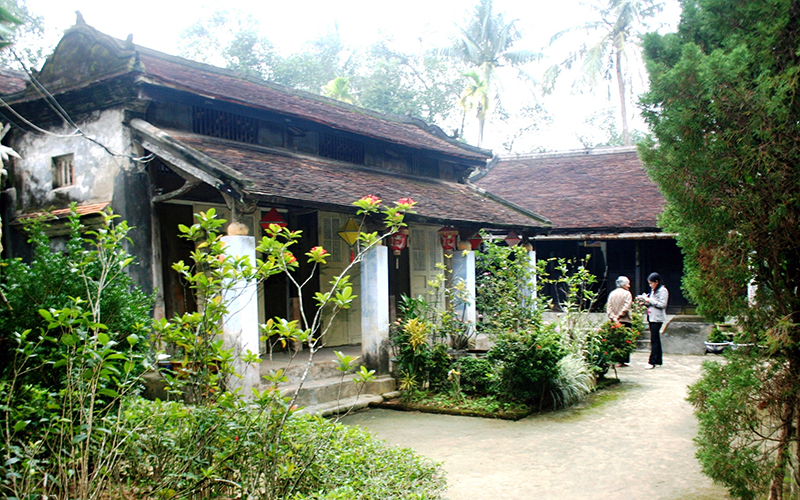
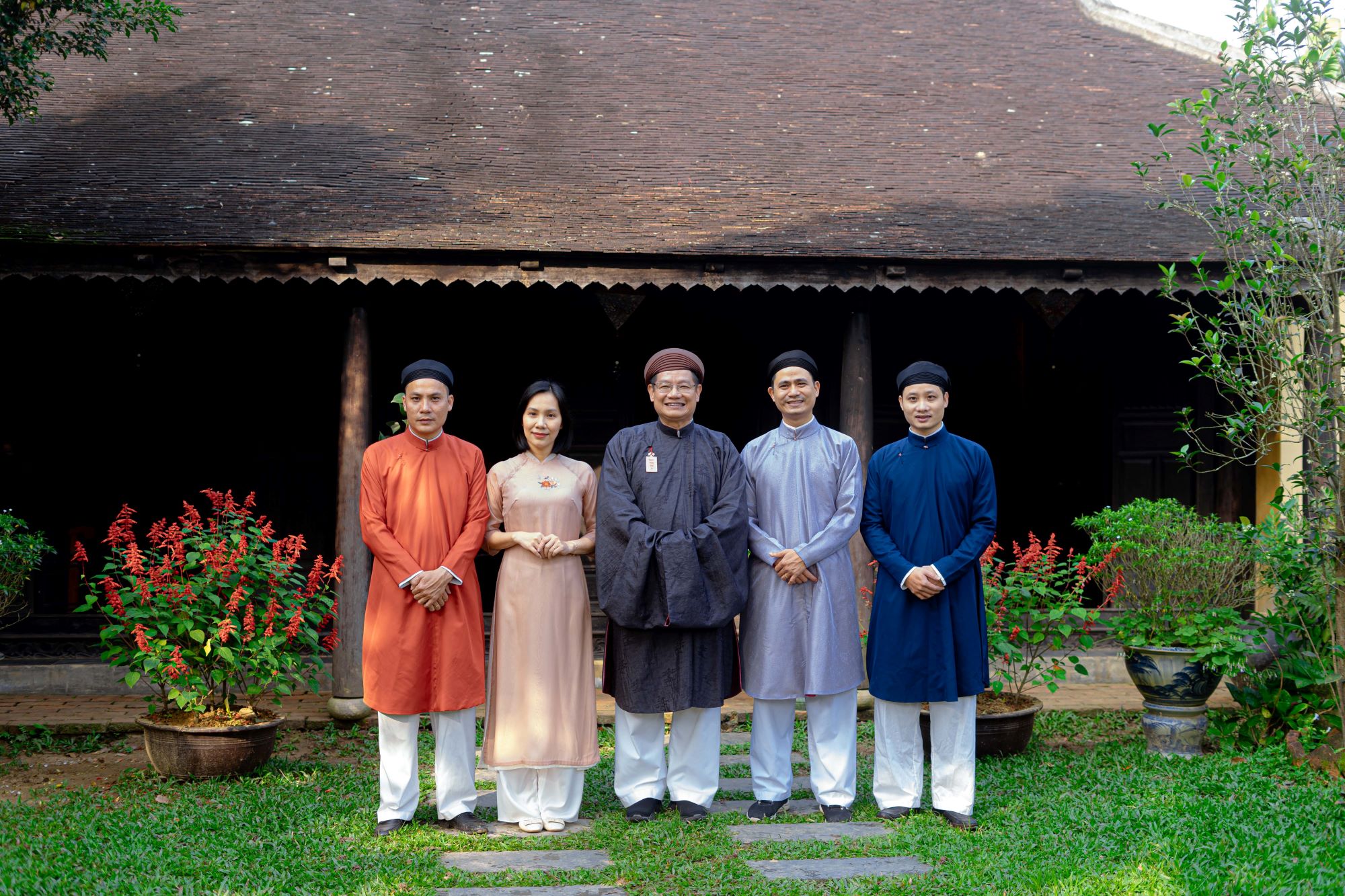








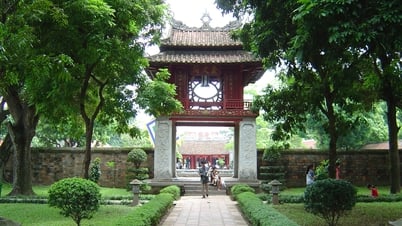









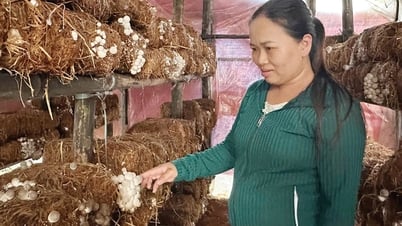

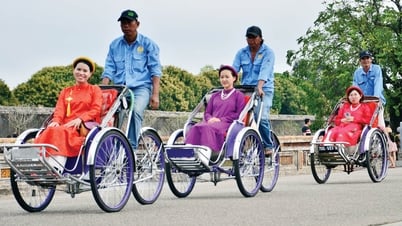
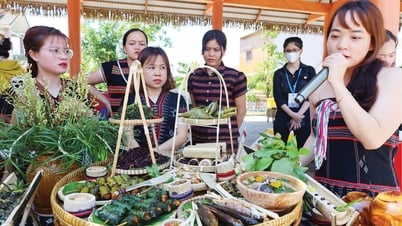
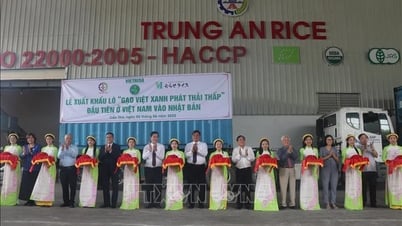
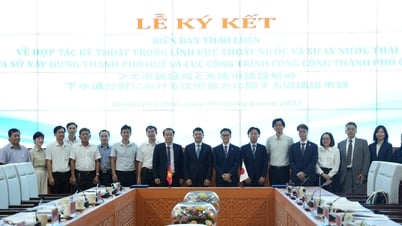
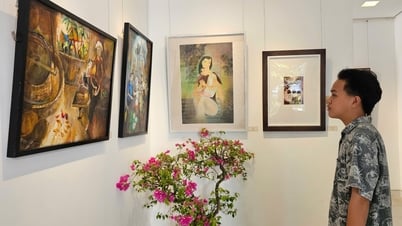






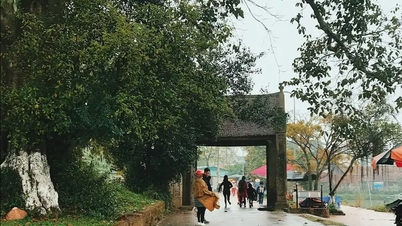
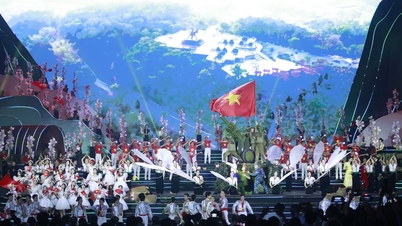
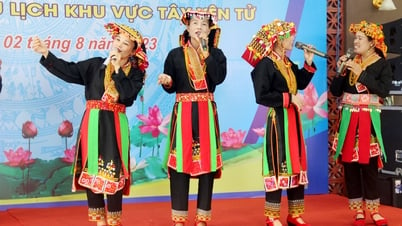
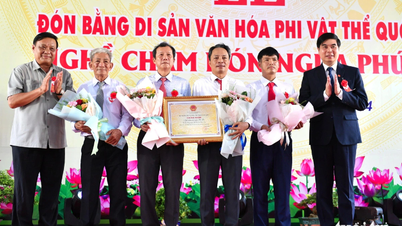








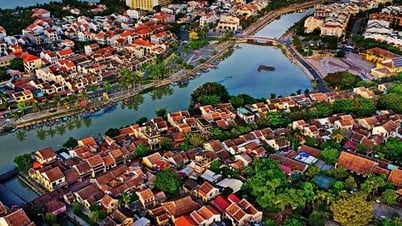
































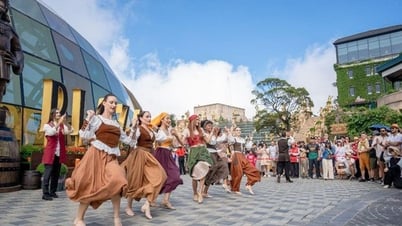

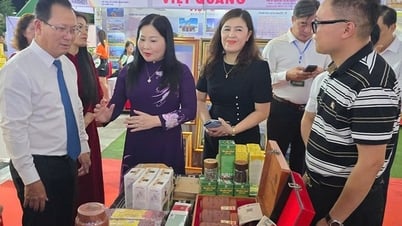










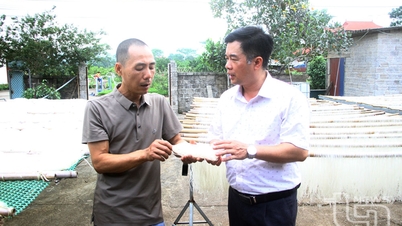



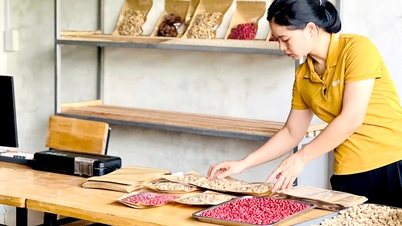






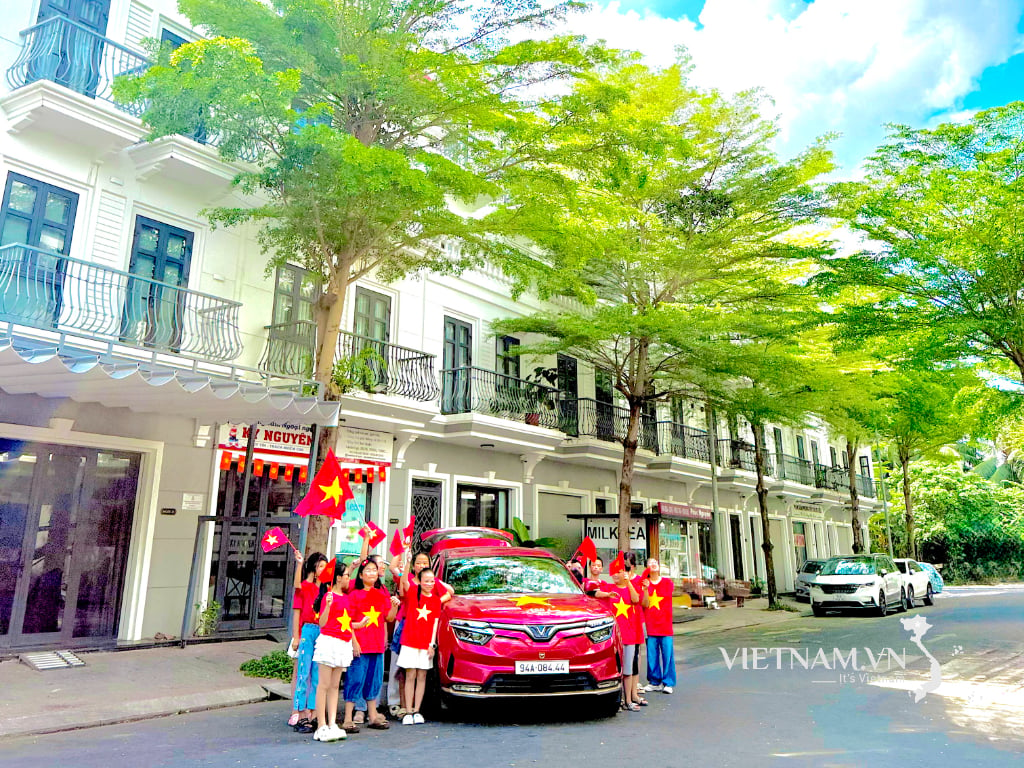


Comment (0)